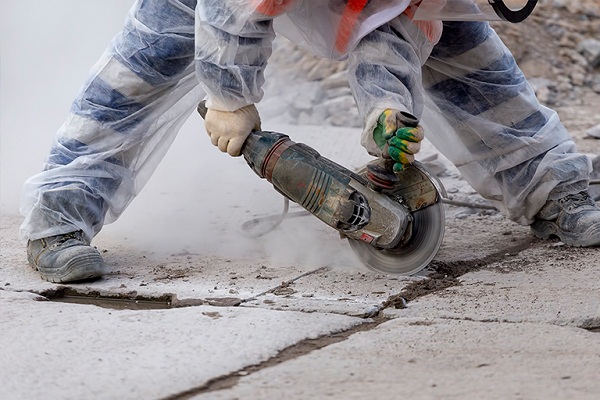Installation and Reinforced concentrate Material selection
1- All reinforced concrete works must be done according to the specifications of the workmanship and as stated in the notes on the structural board and the mixture consisting of 0.8 m of cement, 0.4 m of sand, 300 kg, 350 kg, 400 kg or 500 kg of cement according to the terms and specifications, and the proportions of iron start From 5% -6% of the area of the sector, and the proportions of cement are directly proportional to the proportion of iron. The higher the proportion of cement, the higher the proportion of iron, according to the quality and importance of reinforced concrete.
2- Its standard cubes bear a pressure of no less than 250 kg/cm for columns, and 225 kg/cm for the rest of the works.
3- The categories of reinforced concrete works include ordinary rebar and high-strength iron if any.
4- Mixers and vibrators must be used in all types of reinforced concrete.
5- In the case of using ordinary Portland cement, it is allowed to use concrete whose compressive strength test after 7 days reaches 80% of the required strength after 28 days.
6- In the case of requesting anti-leaching concrete, such as underground or overhead water tanks: The concrete used in which is required to contain anti-leaching materials additives, provided that it does not reduce its resistance to pressure and bending, and the strength of cohesion between it and iron is not less than 75% of the corresponding values in concrete prepared without additives. Some materials help reduce the percentage of added water and ease of operation, such as adding paraplast liquid by 2% of the weight of the cement used, as well as some other chemicals, and it must be ensured that they are valid, as a large number of these chemicals may affect the strength of concrete and the reinforcement steel.
7- When transporting concrete and placing it in its places, it must avoid everything that would separate its particles, and prolong the period of compaction that necessary causes a separation in the concrete granules and makes large quantities of cement float on the surfaces. Or grinding to prevent the concrete from nesting, or the presence of voids around the reinforcement that harms the safety of the installations.
8- When concrete pouring stops for a short period for any reason, what was poured before the next layer must not be left for a period not exceeding half an hour or for a period not exceeding the period required for the initial setting of the cement that is included in the concrete formation at most, and what appears of water must be removed On the surface of the concrete weld before re-concrete pouring again
9- Concrete is kept wet continuously starting from the time of sufficient hardening of the surface for not less than 7 days when using ordinary Portland cement and for 3 days when using fast hardening Portland cement. Moisturized by continuous spraying for 15 days.
10- It is prohibited to use the following types of water in mixing Reinforced concentrate Material selection:
- Sea water contains 3.5% salt and contains percentages of sodium chloride.
- Water from the exhaust of tanneries, chemical factories, metallurgical and coal factories, and others.
- Water contains sugary substances that cause the breakdown of concrete.
- Water containing 15% sodium and 1% sulfate.
- Miner water.
Source: wikipedia.org/wiki/Reinforced_concrete
Read More: buildineg.com/public/blog/what-is-a-concrete-jacketing-of-column/

